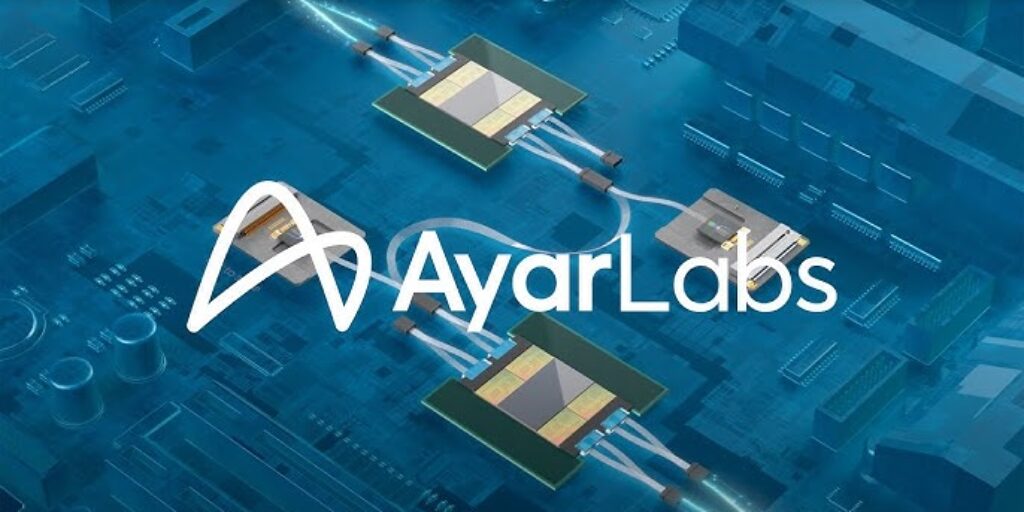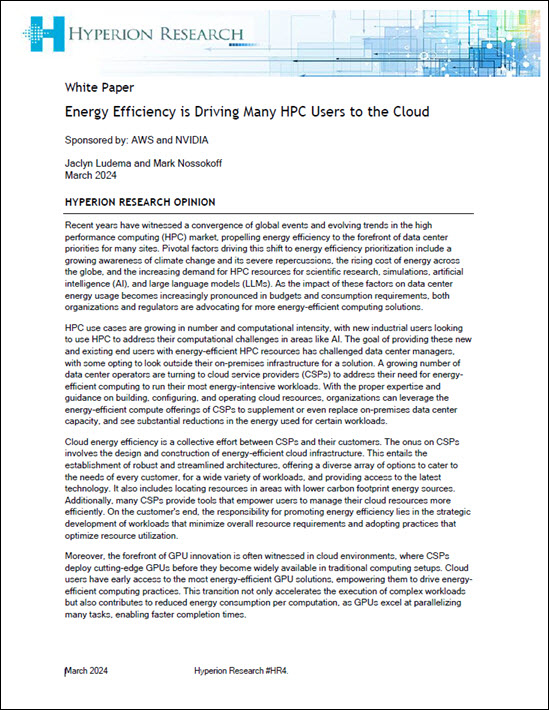A Harvard scientist used Google Cloud Platform compute resources to construct an HPC clone to conduct heart disease study, according to a Reuters story, “a novel move that other researchers could follow to get around a shortage of powerful computing resources….”
Ikigai Labs Raises $25M to Bring Generative AI for Tabular Data
SAN FRANCISCO, Aug. 24, 2023 — Ikigai Labs, a company focused on generative AI for tabular data, today announced $25M of new capital by Premji Invest with participation from Foundation Capital and e& capital. The capital will further Ikigai Lab’s vision for the way enterprises harness AI.
@HPCpodcast: Evaluating Specialty AI Chips at Argonne’s AI Testbed
Our latest episode of @HPCpodcast delves into the Cambrian explosion of AI specialty chips – of which there so many have been released on the HPC-AI market that it’s hard to discern which chip is right for what workload. Hence the AI Testbed at the Argonne Leadership Computing Facility. Shahin and Doug spoke with Venkat Vishwanath….
HPC News Bytes 20230821: Intel Ends Tower Bid; Hot Chips Conference; GPU Demand; Samsung’s Texas 4nm Fab
Good Monday morning! Here’s a quick summation of recent HPC news: Intel kills Tower Semi deal; Hot Chips preview; GPU shortage as generative AI heats up; Samsung’s Texas 4nm chip fab….
Los Alamos Reports Hardware Approach Offers New Quantum Computing Paradigm
Los Alamost National Laboratory reported today that a potentially game-changing theoretical approach to quantum computing hardware avoids some of the complexity in quantum….
AI Startup Portkey.ai Secures $3M Funding
San Francisco – August 23, 2023: Portkey.ai is today announcing a $3m seed funding round empowering engineering teams to build and launch generative AI apps faster. The funding round was led by Lightspeed with participation from angel investors, including prominent figures from AWS, OpenAI, Cloudflare, Postman, and Asana. Portkey.ai was founded in January 2023 by Rohit […]
Quantum Physicists from Quantinuum and Chubu University Team on Quantum AI and Cognition Research
Oxford and Kasugai, Japan, August 23, 2023 – Quantum computing company Quantinuum and Chubu University in Japan have announced a partnership, co-led by Professors Bob Coecke and Masanao Ozawa. Their goals is to establish an interdisciplinary team to explore quantum computational linguistics and cognition for building future applications in quantum AI. Professor Coecke, Quantinuum’s chief […]
D-Wave Announces Performance of New Quantum Hybrid Solver
BURNABY, B.C., PALO ALTO, Calif. — August 22, 2023 — Quantum computing systems and software company D-Wave Quantum Inc. (NYSE: QBTS) today announced an update to its Constrained Quadratic Model (CQM) hybrid solver in its Leap quantum cloud service. D-Wave has introduced algorithmic updates to its CQM solver that deliver increased performance for existing binary […]
NVIDIA Announces AI-Ready Servers from Dell, HPE and Lenovo for Generative AI
August 22, 2023 — NVIDIA today announced system manufacturers will deliver AI-ready servers that support VMware Private AI Foundation with NVIDIA, announced separately today, designed to help companies customize and deploy generative AI applications using their proprietary business data. Computer makers are building NVIDIA AI-ready servers, including the Dell PowerEdge R760xa, HPE ProLiant Gen11 servers […]
Lenovo and VMware Partner on NVIDIA-Powered Generative AI and Multi-Cloud Solutions
August 22, 2023 — Today at VMware Explore 2023, Lenovo (HKSE: 992) (ADR: LNVGY) and VMware, Inc. (NYSE: VMW) announced a turnkey solution from their joint Edge and Cloud Innovation Labs, delivering hybrid multi-cloud capabilities to mid-size companies and helping customers more easily harness data to empower their intelligent transformation. Lenovo also unveiled its Reference […]









